Autonomous Agents And Multi-agent Systems: Explorations In Learning, Self-organization And Adaptive Computation
An autonomous agent is a computational system that acquires sensory data from its environment and decides by itself how to relate the external stimulus to its behaviors in order to attain certain goals. Responding to different stimuli received from its task environment, the agent may select and exhibit different behavioral patterns. The behavioral patterns may be carefully predefined or dynamically acquired by the agent based on some learning and adaptation mechanism(s). In order to achieve structural flexibility, reliability through redundancy, adaptability, and reconfigurability in real-world tasks, some researchers have started to address the issue of multiagent cooperation. Broadly speaking, the power of autonomous agents lies in their ability to deal with unpredictable, dynamically changing environments. Agent-based systems are becoming one of the most important computer technologies, holding out many promises for solving real-world problems.The aims of this book are to provide a guided tour to the pioneering work and the major technical issues in agent research, and to give an in-depth discussion on the computational mechanisms for behavioral engineering in autonomous agents. Through a systematic examination, the book attempts to provide the general design principles for building autonomous agents and the analytical tools for modeling the emerged behavioral properties of a multiagent system.
{{comment.content}}
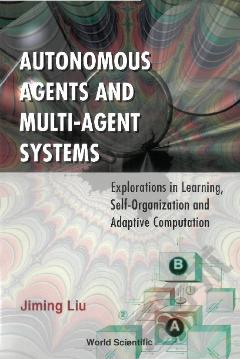
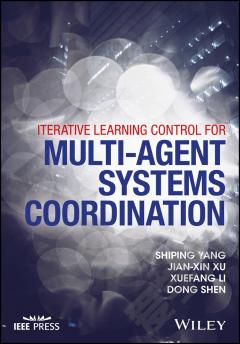
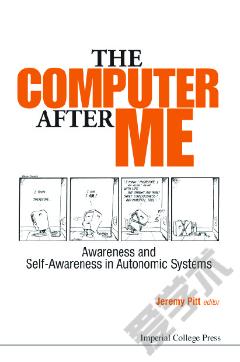

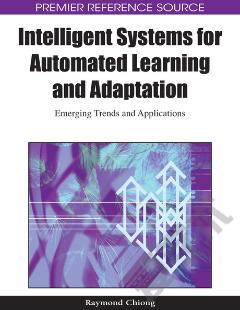

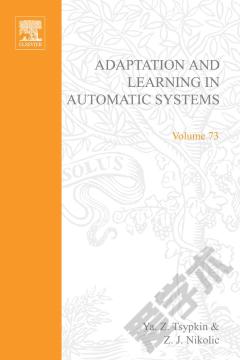

 京公网安备 11010802027623号
京公网安备 11010802027623号